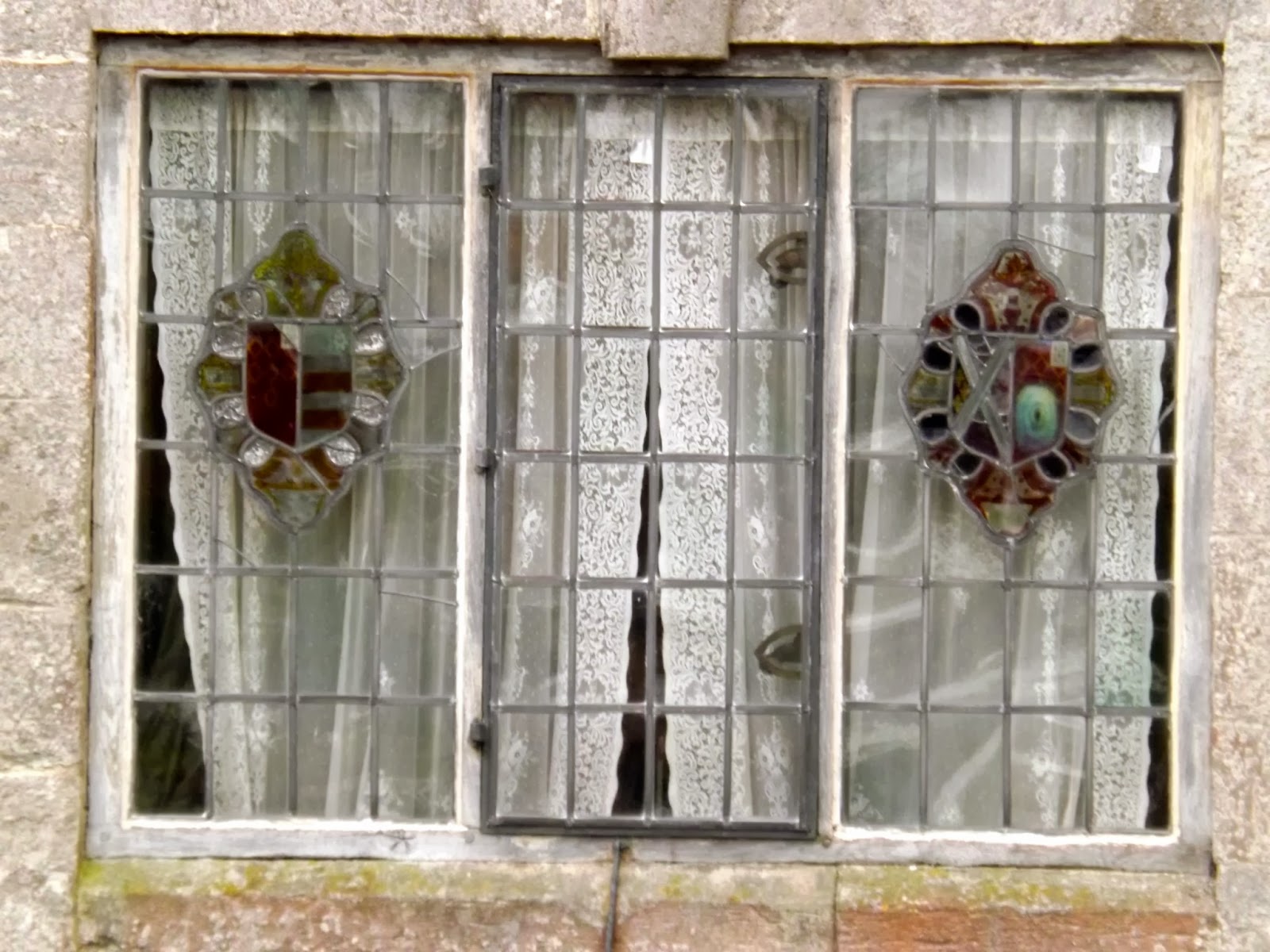Zarina Bhimji is a filmmaker and photographer whose work explores landscapes and architecture.n I saw one of her films "Yellow Patch" at an exhibition in Walsall art gallery called "there is a place" , yellow patch was filmed in India.
It took around 7 years of production to make "Yellow patch" which is a 30 minute film.
I chose to look at Zarina Bhimji's work particularly because I found that in her films the sound was very effective and this sort of reminds me of an installation piece by Jane Packman.
Which was a forrest that when you move within the installation the sounds changed and was very effective.
Which is similar to Zarina Bhimji's film , you have to pay attention to the sounds that you are being presented with. Bhimji's work has been a great influence upon my work as it has encouraged me to explore film. For my self directed I have started making films and I am finding it challenging as it is a new medium. I have been interested in buildings and stories and have previously explored this theme through paint and photography, so film will be a new direction.
A critique had expressed that Bhimji's work "Gives a pause for thought without expecting us to grasp her often complex context or backstories."
Her work seems to express a sorrow for a lost homeland for a life not lived. Perhaps even questioning what might have been if her father had stayed in her native country.
Sound has a real impact to the film; it demonstrates a narrative without the people even having to be there, you can imagine what would be happening. Use of light is also an important element. Details on places you would not normally concentrate on. Bhimji uses sound to build up atmosphere.
The feeling you get from this is sadness and loss. The composition creates a massive impact on the cinematic value as it changes the viewers perspective on how you would look at a room or even a normal landscape.
The cinematic exploration is deeply personal to Zarina Bhimji's personal family past as her family was forced to flee to the uk.
"The traumatic experience of Aisians being expelled from Uganda by Idi Adin in 1972.
Zarina Bhimji explores the architectural ruins of workhouses, factories, military barracks and police prisons provide symbolically rich locations for Bhimji's metaphors of painful loss, brutality and abandonment, as well as mystery and beauty which significantly complicates the meanings of her works. Similarly characterised by their dreamlike sensibility. The slow moving camera exploring the spaces supports this."
A quote from Zarina Bhimji is :
"During my first visit back to Uganda in 1998, I listened to the land, to the sounds in the air, to the smell of the guns , and I realised it had to be a film. So I started doing research, looking through the African international press from 1972 to 1974- newspaper cuttings on Ugndan Asians leaving Uganda and from that I put a film narrative together. Orginally the research started with wanting to understand the basic history of what happened in Uganda , but then I wanted to understand the word 'stateless' from a political and personal perspective. From that, I put an idea together about how I could communicate this feeling.
I am interested in the traces of war, it's unspeakable horror and rites of passage and rebuilding.
My work is not an idea of fact or scraps of evidence to support the assertion of history. The process is something about traces as symptoms of strange structural links between history, memory and fantasy."
http://www.zarinabhimji.com/dspseries/18/1FW.htm


























